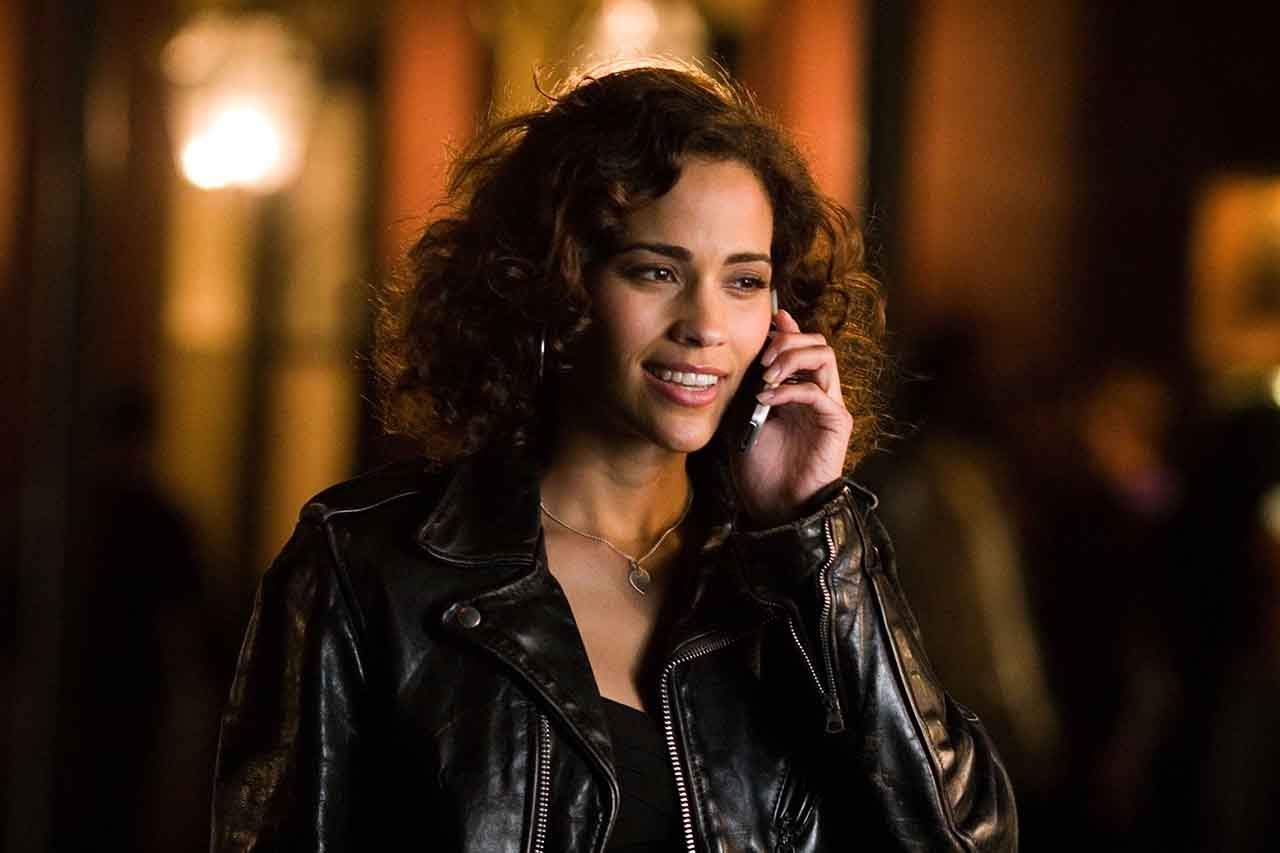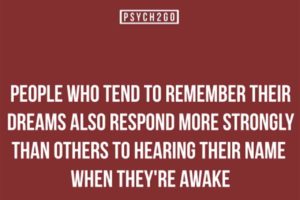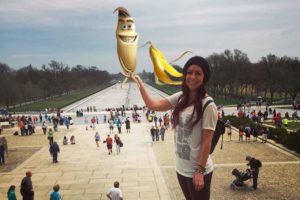Most, if not all of us, have at some point or another, experienced déjà vu. It’s an eerie feeling that something you’ve experienced seems really familiar. Even though a lot of people claim it has a spiritual basis, perhaps linked to reincarnation.
It’s odd and these episodes last anywhere from 10 to 30 seconds and most people have experienced it at one point or another. Two-third of all people say they’ve experienced déjà vu before and I can’t conceive of what the other one-third are thinking.
The term déjà vu – which translates “already seen” in French – was first coined in 1876 by French philosopher Emile Boirac and he coined the term in his book, L’Avenir des Sciences Psychiques. In the years since then, researchers studying the phenomenon – have come up with several different types of déjà vu that people experience or we can also think them as different explanations that researchers find while trying to explain the phenomenon. In general, though – it’s lumped into one of two categories:
• Associative: External stimuli is triggering déjà vu. The most common type that’s usually experienced by healthy people.
• Biological: There’s some sort of structural or chemical abnormality going on in the brain that’s triggering déjà vu.
One great example of biological déjà vu is temporal lobe epilepsy. Often times, they say it occurs immediately before having a seizure. That medical basis actually makes it a lot easier to study than associative déjà vu, which relies entirely on secondhand experiences.
For most of the 20th century, researchers relied on the paramnesia theory to explain déjà vu. It was an idea proposed by Sigmund Freud that said the phenomenon was likely caused by repressed memories of a stressful event, which people couldn’t access anymore, as part of their regular memory.
It wasn’t until recently, when things like brain imaging became standard, that real scientific research – and not just speculation – was poured into the subject. Nowadays, it’s widely agreed that the medical temporal lobe – the part of our brain involved in conscious memory – plays a significant role in déjà vu. This region happens to contain the hippocampus, and more specifically, the parahippocampal gyrus – which is what enables us to determine what’s familiar and what not. Of course, knowing that this part of the brain is related to déjà vu – still doesn’t explain why we experience it.
So in an attempt to explain that, Dr. Alan Brown from Duke University, concocted something called the Cell Phone Theory or Divided Attention Theory, which revolves around the idea of subliminal cues. In his study, he showed a group of students a series of photographs of various locations – none of which they’d actually been to – and then asked them how familiar those locations were to them. Just beforehand, though, he flashed some of the photos on a screen for 10-20 milliseconds, which is just long enough for a brain to register it, but not enough to actually be consciously aware of what they saw. Sure enough, the images that were subconsciously flashed, appeared more familiar to the students, than those that weren’t. And those findings, he argued, could be applied to déjà vu. The idea being that whenever we feel like we’ve seen or done something before, it’s because we have – but during that prior experience, our brains were distracted – allowing us to subconsciously process that moment, without actually remembering that we experienced it.
Seems solid enough, but that is just one theory, of many. There’s another one, called the Hologram Theory, proposed by Dutch psychiatrist Hermon Sno that likens humans memories to holograms, in the sense that our brains are capable of constructing whole 3D images from smaller fragments of other memories. So for example, if we were to step into a room that looks familiar, then our brains might reconstruct an entire false scenario based around that one memory fragment. Again, an entirely plausible theory.
But there are some different ones out there – like the Dual Processing Theory, which claims that past experiences actually have very little to do with déjà vu, and instead, they chalk it up to a delayed neurological response. The idea behind this one, is that because there are multiple pathways through which our brains process incoming information, it’s possible that those pathways may not always synchronize correctly. So any delay between the time it takes for our left brain hemisphere and our right brain hemisphere to process information, could force our brains to register something we’ve just seen, as a previous memory.
The last one is Leaky Processing Theory. The idea is that when new stimuli comes into our working memory, it hangs out there for a while and jogs around until it’s sorted out as either important or unimportant. Well, Leaky Processing Theory says that somehow, some little bit of stimuli gets through from our working memory to our long-term memory without being sorted, and so although it’s new, our brain mistakes it as something familiar, cause it’s in long-term.
Of course, like most areas of science, there’s really no simple explanation as to why we experience déjà vu. These are just four, of the hundreds of theories out there – and of which seem equally plausible. So do you think these theories are true or déjà vu is actually just glitch in the Matrix?













